
According to the World Health Organization (WHO), close to 1 million Americans suffer from chronic headaches and migraines everyday!
Migraine sufferers take double the amount of prescription medications, and 91% of the people affected have to miss work during attacks. They also have to visit the emergency room twice as many times than those who do not suffer from serious headaches.
Different Kinds of Headaches
There are three basic kinds of headaches: tension headache, cluster headache, and migraines.
1. Tension Headache
Tension headaches are the most common type and are caused by constricted muscles in the head and the neck. This headache is characterized by a dull pressure or tightness on both sides of the head and neck.
2. Cluster Headache
Cluster headaches are sharp, severe, and come on rapidly. These headaches are focused around the eyes, and last from a few minutes to a few hours. Common symptoms are eye irritation and nasal congestion.
3. Migraine
A migraine is a primary headache disorder. Migraine pain is brought upon by continuous constriction and expansion of the blood vessels in the head.
Migraines are usually characterized by a pulsating one-sided pain, and can last anywhere from a few hours, up to a few days. Migraines are accompanied by other symptoms such as nausea and vomiting, sensitivity to your senses, and increased pain from daily activities.
Common triggers for migraines include: stress, inadequate sleep, smoking, alcohol, bright lights, loud noises, improper nutrition, dehydration, and hormone imbalances.
A headache is your body’s way of telling you that something is wrong or deficient within your system. If your headache is a result of a chronic health condition, you need to visit your doctor to further discuss what’s going on.
I’m sure all you want to do when you have a killer headache is to pop a painkiller, but natural remedies can work just as fast and efficiently, without the side effects of painkillers.
There are natural ways available that can help diminish the pain from chronic headaches and migraines.
Natural remedies can be used to safely alleviate the pains associated with headaches. These remedies can be used alone, or in conjunction with other natural reliefs and therapies.
1. Oils – Peppermint, Lavender, Thyme & Rosemary Essential Oils (EO)

Carrier oils are derived from the fatty part of vegetables (seeds, kernel, nuts). Essential oils (EO) are derived from the bark, root, and leaves of the plant.
If undiluted (without a carrier oil) EO’s are applied directly to the skin, the aromatics can cause severe irritation, such as burns or rashes. It is best to mix essential oils with a carrier oil, such as Jojoba, Almond, or fractionated coconut oil.
Recommended:
- Coconut, Grapeseed, Avocado & Sweet Almond – Carrier Oil
- Glass Roll-on Bottles with Stainless Steel Roller Balls
Peppermint
Another great natural analgesic is the peppermint plant. It contains menthol, which provides a cooling and tingling sensation as it alleviates the pain.
This organic compound is also useful for its anti-spasmodic, anti-microbial, and anti-inflammatory properties. Peppermint can also be used as a mood stabilizer, or an insect deterrent.
Recommended:
Lavender
Lavender is known for its anti-inflammatory characteristics, and its ability to dilate blood vessels. This explains why lavender is so commonly used for alleviating pain.
Recommended:
Rosemary & Thyme
Rosemary and thyme contains carvacrol. Carvacrol is a substance that acts like a non-steroidal anti-inflammatory drug (NSAIDS), but without the added side effects.
Essential oils and NSAID drugs, such as Advil, take about the same amount of time to relieve pain, but NSAIDS are known to cause damage to your stomach and bowels. NSAIDS can cause internal bleeding and painful ulcers.
Recommended:
Method for EOs: Solution: mix 1 tablespoon of a carrier oil and 1-4 drops of an EO into a container (or a roll-on-bottle). Start with only 1 drop, if it is your first time using an EO.
Depending on where the pain is, use a cotton swab to dab this mixture onto your temples, forehead, or the nape of your neck.
Lotion: mix an unscented lotion with 3-6 drops (per ounce of lotion) of an EO.
Foot Bath: add 1-3 drops of your EO into a bucket of hot water. Soak your feet in the water. The heat relaxes you and draws the blood from your head, into your feet. This is a great remedy for relieving head tension.
Aromatherapy: Add 2 drops of your EO to either a tissue or boiling water. Inhale.
2. Ginger Tea
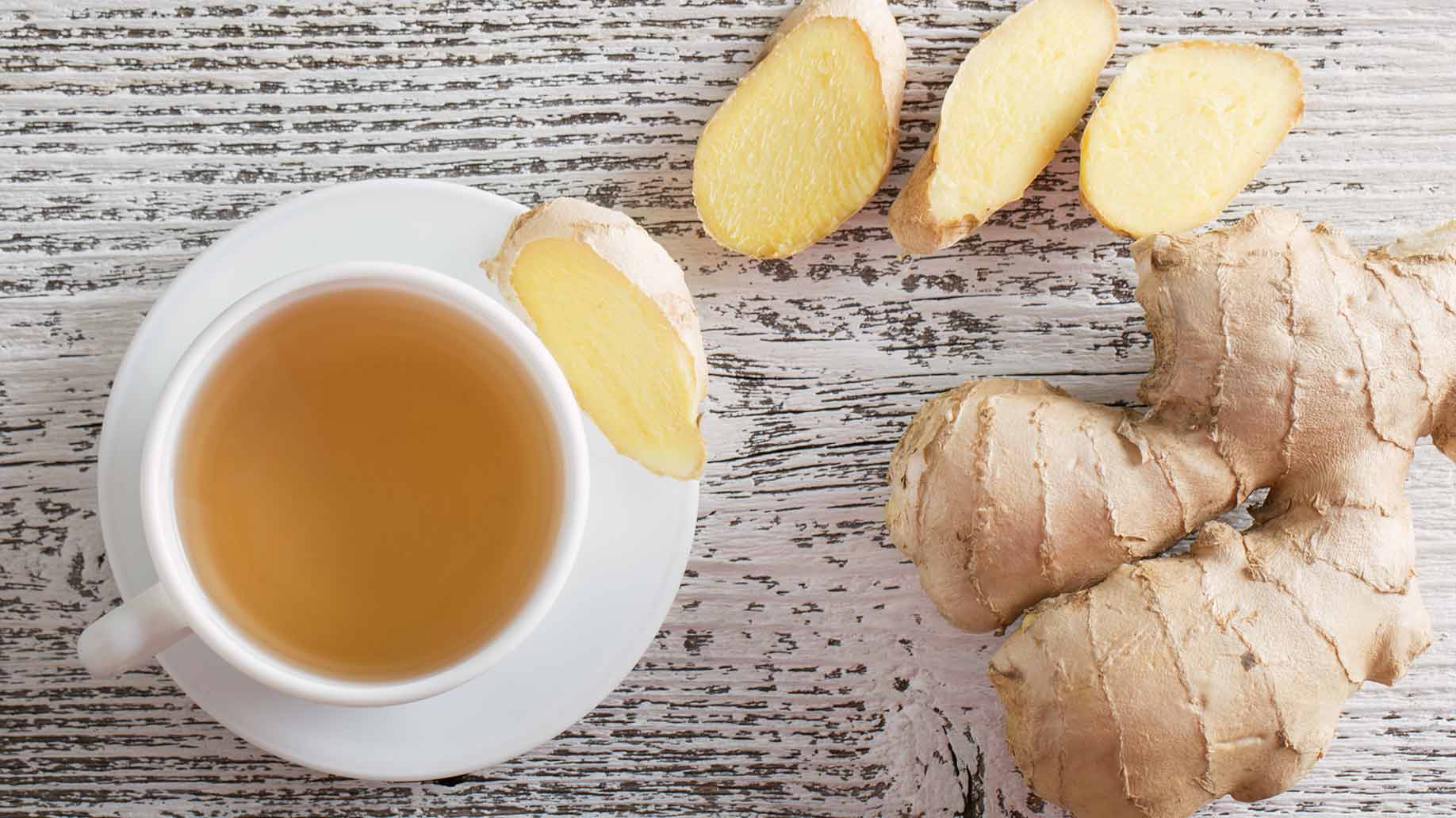
Ginger contains over 200 powerful substances in its oils and has been around for over 2,000 years.
Among many uses, ginger calms muscle contractions and inflammation, which is great for combating migraine pains.
This root is also good for increasing appetite, decreasing nausea and vomiting, protecting the stomach lining from alcohol and NSAIDS, and preventing GI ulcers.
Methods: Wash and peel off the brown skin and boil the sliced up root with some lemon, and lemon rind. Lightly sweeten with honey, or add sliced pear while making the tea, for taste. Boil for 30 minutes. Inhale the delicious smell of the drink and enjoy.
Recommended:
3. Organic Apple Cider Vinegar (ACV)

A lot of severe headaches are caused by dehydration. To efficiently re-hydrate your body, try boosting your water with extra vitamins and minerals.
An easy way to do this is to add organic apple cider vinegar (ACV) to your daily water. Organic ACV is packed with: beta-carotene, magnesium, potassium, calcium, riboflavin, thiamine, vitamin B6, vitamin C, vitamin E, fruit acids and pectin.
This natural option is more efficient and healthier than popular sports drinks, which are loaded with sugar and chemicals.
Apple cider vinegar also balances your body’s acid and alkaline levels. This equilibrium is essential for preventing and combating migraines.
Don’t overdo the water though! Drinking too much water can actually suck the essential vitamins and minerals out of your bones and blood, and cause them to be excreted out with your urine.
Method: Mix 2 tablespoons of organic ACV with 24 ounces of water. Add honey for taste. If you cannot tolerate 2 tablespoons in the beginning (which most people cannot), start off with only 1 teaspoon, and then slowly work your way up to 2 tablespoons.
Recommended:
4. Magnesium

Magnesium is responsible for over 300 metabolic reactions that go on in the body. One of these reactions is regulating serotonin.
Serotonin is a neurotransmitter known to be involved during the start of a migraine. Low levels of magnesium have been associated with migraine headaches.
In 1996, a study was performed on 81 subjects who took 600 milligrams of Magnesium Citrate for 12 weeks. Participants who took magnesium reduced their frequency of migraines by almost 50%.
You can also get magnesium from natural food sources. Foods that contain high levels of magnesium are: green leafy vegetables, legumes, whole grains, bananas, and seafood.
Method: The recommended daily dose of Magnesium is 400-600 milligrams. If you start experiencing diarrhea, stop the magnesium for a few days, and continue taking a lower dose.
Recommended:
5. Vitamin B2 (Riboflavin)
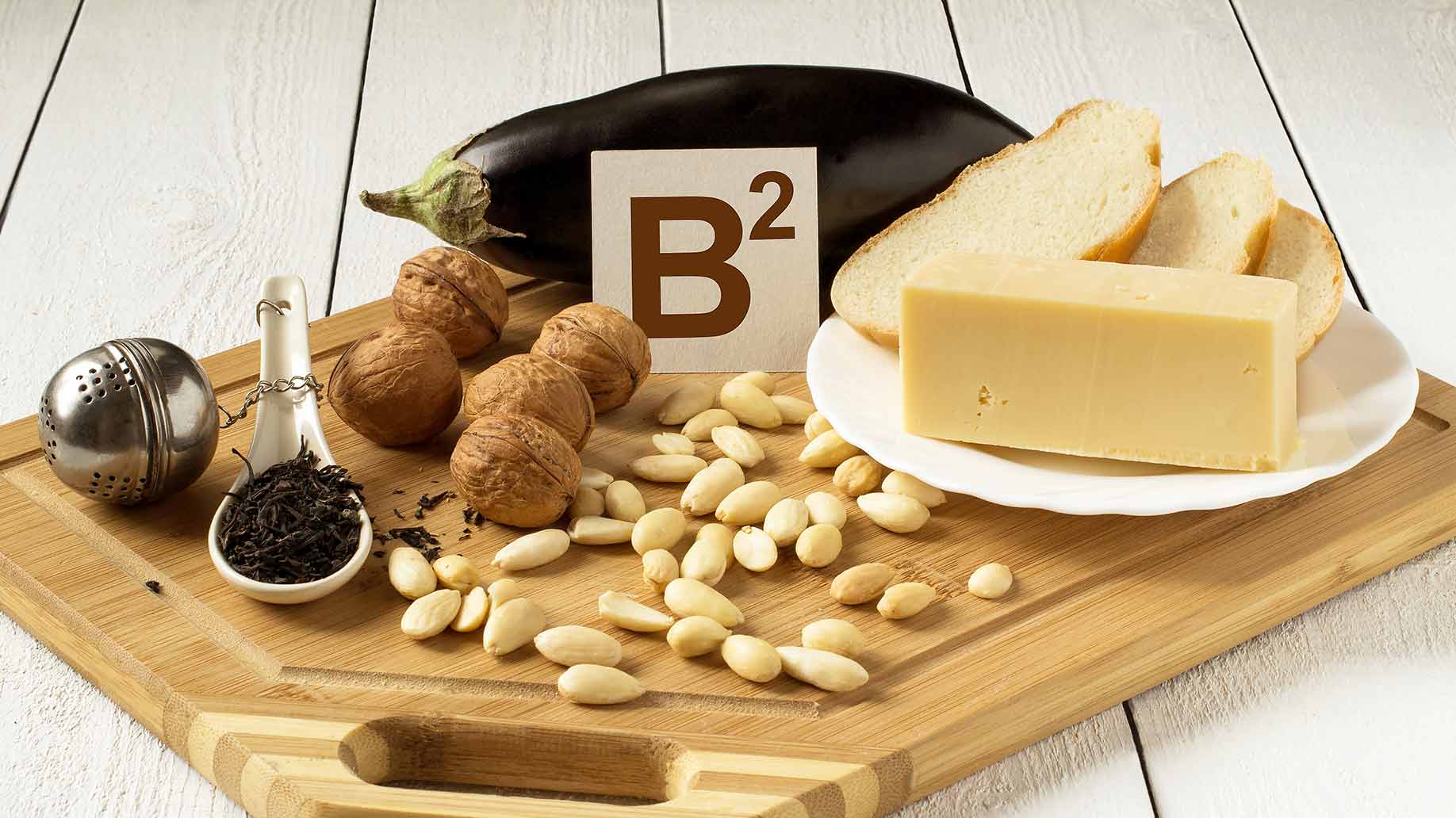
Riboflavin, or Vitamin B2, is essential for growth, production of red blood cells, and creating energy for the body. A deficiency in riboflavin can cause migraines.
Vitamin B2 is proven to lowers the frequency and severity of headaches. This vitamin is naturally found in green leafy vegetables, liver, legumes, eggs, and dairy products.
Method: If you cannot get enough from food alone, the recommended daily dose for Vitamin B2 supplements are 400 milligrams.
Recommended:
6. CoQ10
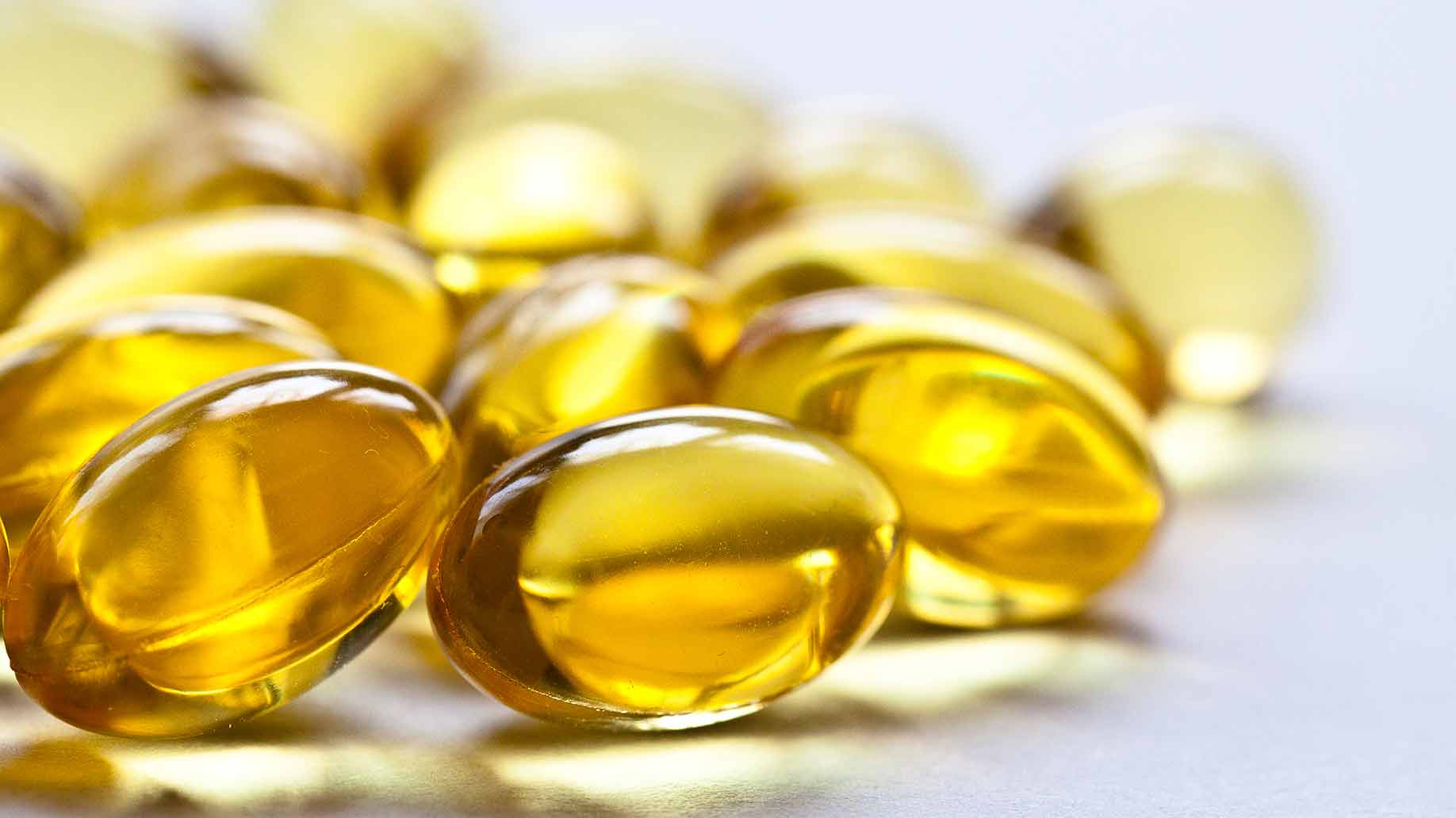
CoQ10 is a natural compound made in the body that is used for cell growth and protecting against cell damage. It is also a vital element in the mitochondrial electron transport chain.
A study published by Neurology showed that CoQ10 was superior to a placebo in preventing migraines. CoQ10 was tested on a group of 43 patients, while another group received a placebo. Fifty percent of patients who took CoQ10 reported significantly reduced frequency of headaches compared to only 14 percent of those who took the placebo.
CoQ10 has been extensively studied for the treatment of mitochondrial disorders such as: migraines, Parkinson’s Disease, heart disease, type II Diabetes, and other conditions. CoQ10 can be taken to help lower blood pressure and blood sugars. The dosage of CoQ10 used in the study was 100 mg, 3 times a day.
Looking for natural sources of CoQ10? CoQ10 naturally occurs in soybean and canola oil, chicken, herring, mackerel, beef, broccoli, cauliflower, oranges, strawberries, roasted peanuts and pistachio, and sesame seeds.
Method: The recommended daily dose of CoQ10, by migraine specialists, is 300 milligrams. Soft gel capsules tend to be more effective than powders or tablets.
Keep in mind that CoQ10 may interacts with, or decrease the potency of other medications and supplements, so speak with your doctor to find out if this supplement is right for you.
Recommended:
7. Feverfew
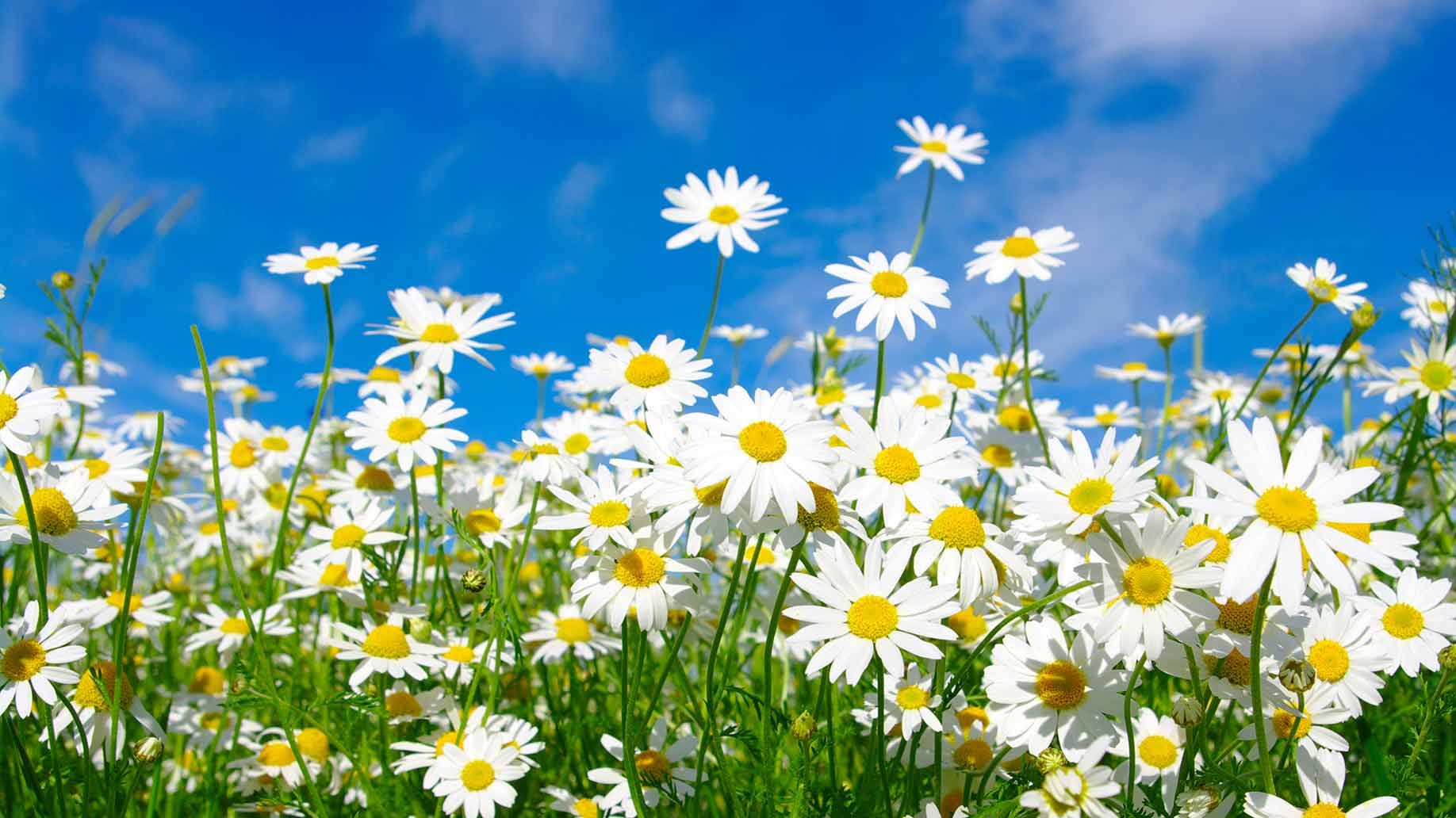
Feverfew is part of the sunflower family, and is naturally grown in Europe, North America, and Australia. Feverfew is useful in preventing migraines, due to parthenolide — a substance that helps to stop muscle spasms.
This herb is also used in treatments of arthritis, lowering blood pressure, stomach problems, and improving digestion and kidney function.
A great benefit of feverfew is that overtime, it treats the cause of the pain, rather than just masking the migraine symptoms. In the long run, it may be more effective than NSAIDs, such as aspirin or ibuprofen.
The way that feverfew treats headaches is by controlling the inflammation of constricted and spastic blood vessels in the brain.
There are more benefits in using feverfew to prevent the onset of migraines, rather than for the treatment of active headaches.
Method: Feverfew needs to be taken daily for a few weeks, before its effects on migraines will become noticeable. The recommended daily dose is 250 milligrams. Consult your doctor prior to using if you are pregnant or breastfeeding.
Recommended:
8. Butterbur

Butterbur has been used as a natural remedy for over 2,000 years. It can be used as an effective remedy for migraines, asthma, gastric disorders, and seasonal and environmental allergies — all without the added bonus of nasty pharmaceutical side effects.
This remarkable root extract has been widely used in Germany since 1988 and is now available in the United States. Butterbur works as an anti-inflammatory agent and a muscle relaxant, particularly in the cerebral blood vessels.
A study performed in 2004 showed a 48% decline in migraines, after a 4-month period of butterbur use.
Method: The recommended dose of butterbur is 50-75 milligrams, twice a day, for 4-months.
Recommended:
9. Cold or Hot Compress

Coldness constricts blood vessels and reduces inflammation, while heat increases blood flow. Alternating between hot and cold temperatures increases blood flow, oxygenation, and circulation.
Hydrotherapy uses this science to treat migraine pain by manipulating cerebral blood flow. This easy therapy is commonly done by simultaneously placing the feet in a hot bath, while applying ice to the head, or the back of the neck.
Method: Place a cold compress or an ice pack to the base of the skull. At the same time, dunk your feet in hot water.
Recommended:
10. Avoid Electronics

We live in a world where technology is everywhere, and is being used by people of all ages.
There isn’t a moment when we are not looking at our phones, televisions, computers, tablets, kindles, and other “smart” devices. To avoid eyestrain and headaches, take a break from these devices, and get up every 15-minutes.
Migraines can come from not-so-obvious causes, such as bad posture, a stagnant lifestyle, neck tension, and inadequate or improper sleep.
Keep your electronic devices at eye level to avoid bad posture and neck tension. Get outside as much as you can and breathe in the fresh outdoor air.
Also avoid using your electronic devices before bedtime, especially in the dark. This can mess up your internal clock, and delay you from getting efficient and adequate sleep.
Method: Put down your electronic device. Slowly roll your shoulders in a backwards circular motion, and stretch your neck from side-to-side.
11. Avoid Monosodium Glutamate (MSG)
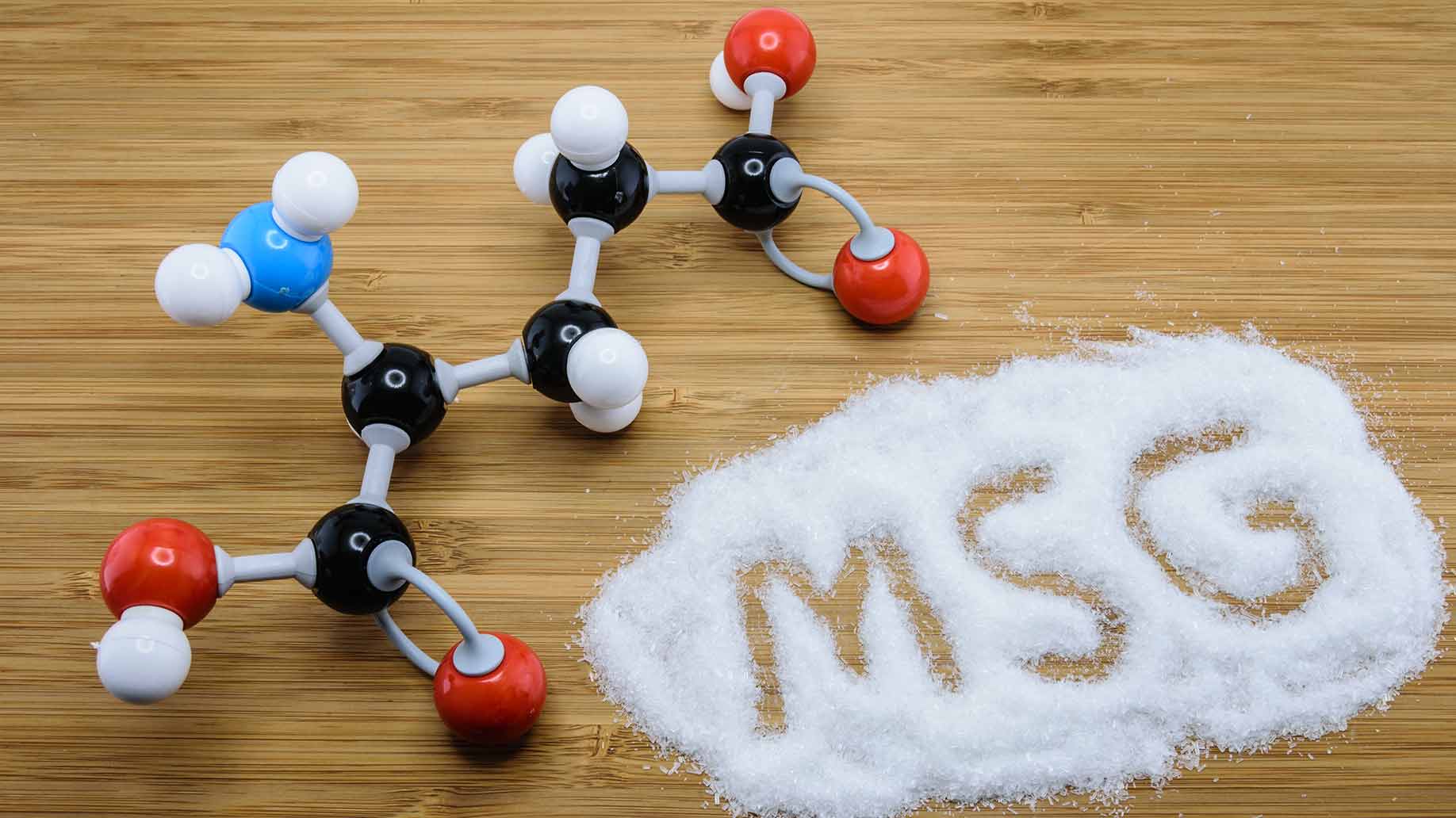
Monosodium Glutamate (MSG) is widely used in many food products that we consume on a regular basis.
MSG is added to packaged foods and marinades to enhance food flavoring, at a cheaper price. It is frequently used in Chinese takeout, ramen noodles, and numerous other prepackaged foods.
MSG can trigger a massive headache, especially if you have food sensitivities. MSG, like aspartame, excessively fires off brain nerves, causing neurological toxicity. What makes matters worse, is that MSG is highly addictive!
Chronic intake of this food additive is linked to many diseases such as: fibromyalgia, obesity, fatty liver and liver toxicity, high blood sugars, asthma, high cholesterol, high blood pressure, neurological brain disorders, digestive disorders, and metabolic syndrome.
Be aware that MSG can be disguised as over 40 different ingredient names. It can be disguised as: Glutamate, anything “hydrolyzed”, yeast extract, gelatin, soy protein, whey protein, soy sauce. The best thing to do when trying to avoid additives, is to learn how to read food labels.
12. Sleep

Making sure to get adequate and efficient sleep can help prevent the onset of a migraine.
Proper sleeping positions are also very important. Make sure your pillow is not too high or too low. Improper sleeping positions can induce stress, neck strain, and inadequate air supply.
Method: A great pillow that comes in different sizes is the Tempur-Pedic neck pillow. For a deep REM-sleep, try also using earplugs (Mack’s Silicone Earplugs) and an eye mask.
13. Exercise

Exercise is great at preventing the onset of a migraine, but it’s important to listen to what your body needs at the moment. Don’t exercise when you currently have a migraine attack, because it can aggravate the severity of the headache even more.
Regular physical aerobic exercise is good at preventing frequency and severity of future migraine attacks.
Exercise also improves your overall quality of health, improves sleep, and decreases stress. When you get moving, your body releases endorphins (pain controlling neurotransmitters) and enkephalins (anti-depressant chemicals).
Method: Choose a type of aerobic exercise that you enjoy such as swimming, brisk walking, jogging, dancing, or biking. Mix it up a bit and say goodbye to future headaches!
14. Acupressure Massage

Acupressure massage is an ancient Eastern Medicine therapy that is still widely used today. Acupressure treatment focuses on pressure points on the body to relieve pain.
Method: Squeeze the webbed skin between your 1st and 2nd fingers. Massage for 5 minutes, then switch hands. You can also do this technique on your feet. Also, try massaging your temples and the base of the skull (back of the neck).
Final Word
Don’t let a migraine get you down. There are many natural remedies that work extremely well.
You can try multiple remedies at a time, or just find one that works best for you. Get started now and save those sick days for another day!


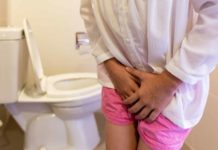






I will surely try these remedies to treat migraine issue, thanks for sharing!
Thanks For Your Home Remedies I Will Definitely Try One Of your Remedy Because I Have A Migraine Problem. So I will try your Remedy.